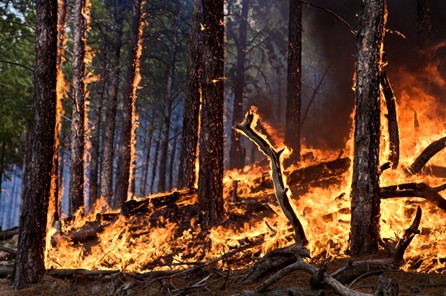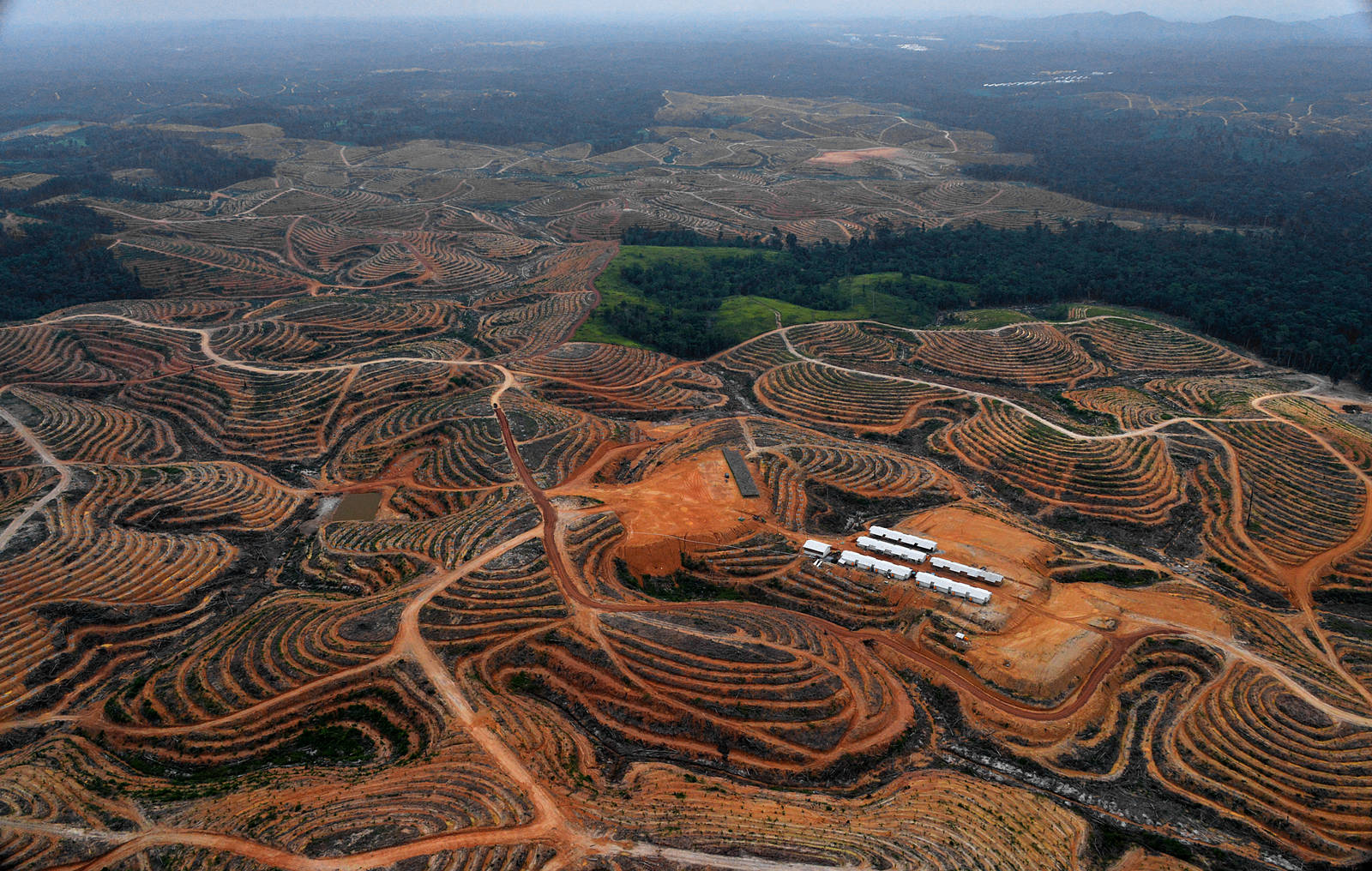- Kyrgyzstan is one of a dozen countries where snow leopards live, but its population of 300-400 of the big cats living along its highest peaks is stressed by climate change, mining, road construction, and conflict with herders, whose livestock can be tempting prey.
- A new program by two snow leopard conservation NGOs is helping herders diversify away from livestock toward beekeeping, agroecology, ecotourism and handicrafts.
- Participants receive beehives and training, and help with education and research into the local snow leopard population via deployment of many camera traps, which so far suggest that the local populations of leopards and a favorite prey species, ibex, are stable or increasing.
- Half of the honey profits are invested back into the program to improve beekeeping education, purchase supplies, and to fund environmental projects chosen by the participants.
SHAMSHY, Kyrgyzstan — “I was only 9 when I first saw a snow leopard with my father. He was a ranger bringing injured animals found in the mountains to the veterinarian,” says Asanbek Sasukilov, 62, a beekeeper and herder. “I was sitting close to the cage. Suddenly, the snow leopard started to roar, and I ran away.”
For Sasukilov, snow leopards (Panthera uncia) have always been a part of his life. The same is true for those in other communities living in the area surrounding the Ala-Too mountains, in northern Kyrgyzstan. The difference is that they’re now involved in big cat conservation programs being implemented by the Snow Leopard Trust (SLT) and the Snow Leopard Foundation in Kyrgyzstan (SLFK) that promote beekeeping, agroecology and ecotourism as alternative livelihoods to herding, in an effort to avoid conflict with wildlife like the rare big cats.
Here, locals have always seen snow leopards on mountaintops while herding cows or sheep. The big cats are also part of popular stories like farmer Beisheukaz Balasy’s memory of a snow leopard that was filmed for a movie during the Soviet era.

Both Sasukilov and Balasy now keep bees in Shamshy, a village of 1,000 inhabitants that’s a 90-minute drive from the capital, Bishkek. Once outside the city, the gray cityscape disappears, melting into blue skies and snowy mountains. Flocks of sheep, cows and horses graze on the country roads of this border area, located a few kilometers from Kazakhstan and, further on, China, hidden behind high mountains.
Here, on the northernmost edge of Kyrgyzstan’s snow leopard habitat, nearly 200 square kilometers (77 square miles) of habitat is shared with other wildlife such as ibex, lynx, wild pigs, wolves and jackals. This is part of the Shamshy Nature Reserve, an area comanaged by the Kyrgyz government, local communities, and the two snow leopard NGOs. Though Shamshy was once a hotspot for trophy hunters, it’s now a snow leopard sanctuary where the stakeholders manage projects including research, community education, ecotourism, and the training and compensation of wildlife rangers.

Hear them roar?
Kyrgyzstan is the fourth most mountainous country in the world, sitting at an average elevation of 2,989 meters (9,805 feet), with a snow leopard population estimated at 300-400 individuals living along its highest peaks. The species is distributed across 12 Asian countries, from India to Kazakhstan, Tajikistan and as far as Mongolia, and faces many of the same risks as other big cats globally, with its population listed as vulnerable to extinction, and decreasing, on the IUCN Red List.
“The main dangers for snow leopards are poaching, mining, roads, hunting, and competition with livestock. All of these threats will be amplified by climate change,” Koustubh Sharma, the SLT’s science and conservation director, says in an interview with Mongabay. “Indeed, the climate emergency has a double impact: snow leopards approach villages to find food, where they possibly attack livestock. On the other hand, herders are pushed high in the mountains [to find better pasture for their animals], closer to their ecosystem.”
To assess and monitor snow leopard populations, the Global Snow Leopard and Ecosystem Protection Program (GSLEP) is coordinating an effort across all of the countries where the big cat lives, in collaboration with their governments and more than 50 organizations.
“Although some Kyrgyz regions are now well studied and the populations known, there are still many gaps,” says Bastien Chaix, a science educator for OSI-Panthera, which has studied snow leopards in Kyrgyzstan since 2013. “Since reliable population studies using camera traps and genetic analyses are fairly recent, it is difficult to have a clear trend. Indeed, 20-30 years ago, the only methods of estimating populations consisted of a survey of signs of presence (tracks, urine marks, scraping, scat, etc.), which gave an idea of the distribution, but not of the precise density, as is possible with modern techniques.”
According to Chaix, the core of a long-term conservation strategy is based on local communities’ involvement: “Integrating nature conservation with the local economy, in a mutually beneficial way, is the best way to ensure sustainability and gradually eliminate conflicts that may arise,” he says. “By bringing additional income to local communities, it allows them to value wildlife and reduce their economic dependence on domestic livestock, and the problems of cohabitation with wildlife.”
See related: As Himalayas thaw, snow leopards scramble for habitat

A sweet shared business
Thus, Sasukilov and his fellow beekeepers are a crucial part of the conservation programs run by the SLT in five Kyrgyz communities. Before the collapse of the Soviet Union, he worked as a gas balloon supplier. Afterward, he returned to the family businesses of livestock herding and beekeeping. “My mother took care of the bees until she died at 83,” he says. “I still follow her and my father’s legacy.”
Now Sasukilov is one of the two lead beekeepers of Shamshy: when he started he had 80 beehives, but now has just 35, having shared the rest with his two students. All of them are trained and supported by the SLT program, which provides 50 beehives in each village, where each farmer produces approximately 4-5 kilograms (9-11 pounds) of honey per hive, earning about 400 soms ($4.60) per kilo, or $2.10 a pound.
“I’m aware of taking care of nature, as much as I can,” Sasukilov says. “I hope to get more people of the village involved as beekeepers. I know we can’t completely remove livestock, they are important. I have 35 cows in my cattle shed that I sell for meat.”
During the morning, he takes care of the bees, located at the corner of his organic vegetable garden among the apple trees. He wears the typical Kyrgyz ak-kalpak, a white felt hat, and high boots to walk in deep snow to the apiary.
One by one, he checks the beehives with a stethoscope, listening to ensure they’re in good condition. Relying on his long experience and recent training, he doesn’t open the boxes, to protect the pollinators from the near-zero temperature.

“By giving them materials and training, we promote alternative sources of income through beekeeping, fruit and berries, agroecology production, and ecotourism,” says Kubanychbek Jumabaev, director of the SLFK. “It is crucial to reduce competition with wild fauna.”
Last year, Sasukilov produced 82 kg (181 lbs) of honey, and like all the participants in the beekeeping program, he divided the income according to the economic model managed by the SLT. First, 50% is kept by the beekeepers and their apprentices; despite sharing much of the profits, last season Sasukilov earned around 16,000 soms ($180), a farmer’s average salary in the Kyrgyz countryside.
Of the remainder, 30% is invested back into the program to improve community beekeeping activities and buy materials, and the last 20% goes to fund environmental projects chosen by the local committee. Project ideas include an artificial glacier to store water during droughts, while others are already a reality: in Shamshy, Sasukilov and his neighbors invested the last round of honey income, around 12,000 soms ($138), to install trash bins along the snowy community roads.
But the benefits aren’t just economic. Beekeeping provides pollination services for their orchards, mostly apple and other fruit trees. Also, using honey instead of sugar improves people’s nutrition. For breakfast, honey is always on the table, usually accompanied by homemade bread, fruit, and rice with meat, all produced on the farm. On the day of Mongabay’s visit, Sasukilov and his wife are eating like this with one of their grandchildren, Cholpona, 15, visiting from Bishkek.

The future has leopard spots
“We consider local communities as our best allies in conservation. They agreed to do whatever it takes to protect biodiversity,” says the SLFK’s Jumabaev. “Regarding the snow leopard population, we estimate a decline of their population over the past few decades, but will only be able to provide reliable estimates once the surveys are over.”
Indeed, the effect of the SLT’s work with the communities can still only be evaluated in the long term. “We just started to count the population thanks to the 600 camera traps installed since 2017 across Asia. Around 80 are in Kyrgyzstan, giving us the chance to photograph approximately 50 leopards,” says the SLT’s Sharma. “We use statistical models to estimate the population of snow leopards by assessing those animals that did not get photographed on camera traps. This method is called spatial capture-recapture, and is one of the most effective methods to estimate the population of rare animals, as long as they can be identified as individuals.”
Another aspect of the project gives prizes for rangers for confiscating poachers’ weapons, for instance. Since 2015, 80 rangers have earned prizes totaling $10,000.
“We hope to continue strengthening, replicating, and scaling up our work on snow leopard conservation, based on research, community-based conservation, education, and policy,” Sharma says. “We aspire to make better scientific knowledge accessible to all [and] raise awareness among citizens about nature, so that more communities take ownership of conservation issues, and in turn encourage governments to make informed decisions that prioritize conservation, rather than treating it as a hindrance to economic development.”
The program’s future is focused on increasing activities such as traditional felt handicrafts, ecotourism — especially wildlife viewing — and agroecology (organic plums, currants and apples grown in an agroforestry setting), plus improving local education and participation, starting with the communities’ youths, like summer camps in the Shamshy nature reserve. The participants are dedicated 13- and 14-year-olds learning the fauna and flora, ways to set up camera traps, and how to monitor wild fauna, among other activities.

“In Shamshy we can easily measure the positive results of the work of SLT following two observations,” says science educator Chaix. “The populations of ibex and snow leopard are stable or even increasing. The inhabitants all know snow leopards, all know that it is an endangered species and many already see it as a unique asset enabling them to develop their region through ecotourism. Also, there is a project set up in the neighboring region of Ak Shirak based on felt handicrafts made by women, that have made it possible to value the presence of the snow leopard, and almost eliminate poaching in the area.”
Local communities here seem quite aware of being on the frontlines of conservation. “Taking care of nature and animals is a priority for us,” Sasukilov says. “In our village, we are convinced that you have to give to nature — the other way, nature can’t give back to you.”




